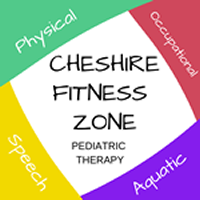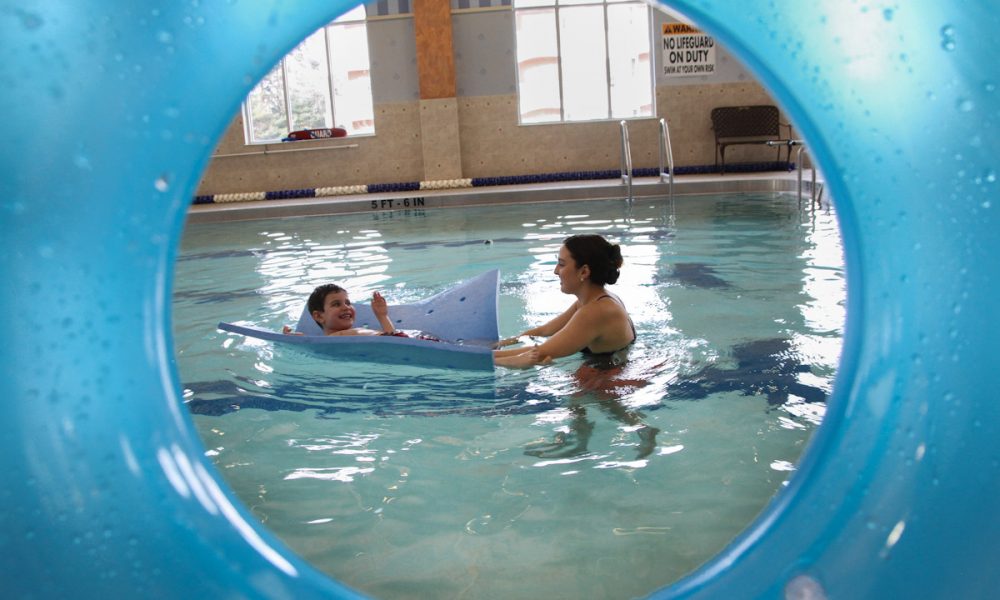Autism spectrum disorders manifest in a number of ways, from problems with behavior and communication to developmental and cognitive disabilities. For this reason, there is a wide variety of possible treatment options for children with autism, including behavioral therapies, medications, occupational therapy, and more.
One common treatment for children with autism spectrum disorders is aquatic therapy or hydrotherapy. These therapies use water immersion to achieve therapeutic gains that may be too difficult for a child to attain through land-based physical therapies.
Interested in how hydrotherapy might be able to help a child in your life with autism? Keep reading to learn more.
Note: “Hydrotherapy” and “aquatic therapy” are used interchangeably in this blog post.
The Benefits of Hydrotherapy for Children with Autism
Aquatic Therapy Is Good Exercise
Exercise and physical activity are as important for the physical health and wellbeing of children with autism as for those without. Unfortunately, many children with autism spectrum disorders may have a difficult time exercising due to motor impairments, low motivation, lack of confidence, or lack of structured guidance.
Chronic lack of exercise may be one reason why children with autism have a greater risk of becoming overweight than the general population. Aquatic exercise and therapies can help to keep kids physically fit and grant them the motor functions and endurance needed to continue exercising on their own.
Aquatic Therapy Can Improve Social Behaviors
More than anything else, many children with autism spectrum disorders struggle to socialize. Since aquatic therapies are inherently social in nature (they occur between a therapist and one or more patients), they can offer children with autism an effectively structured way to form social bonds and learn interpersonal skills that can be transferred to other areas of life.
In addition, according to AutismSpeaks.org aerobic exercise like swimming has been shown to reduce negative behaviors common in children with autism, such as rocking, spinning, head-nodding, hand flapping, object-tapping, and light gazing. These kinds of behaviors can be a hindrance to normal socialization, and their reduction may make social connections with peers and other individuals easier. Analyses of studies published in major journals corroborate these claims.
Hydrotherapy Can Help with Sensory Processing Disorders
Autism often coincides with sensory processing disorders, making children suffer from frequent “sensory overload.” The hydrostatic pressure in water has been show to help children with sensory processing disorders or vestibular issues by providing a gentle, soothing physical environment.
Conclusion
While hydrotherapy might be an ideal treatment option for many children with autism, it’s not for everyone. Every child’s needs require a unique course of treatment, and only consultation with a trained professional can find it.
If you’re in Connecticut and you’d like to learn more about if aquatic therapy is right for your child, of if it has been recommended by a pediatrician or other professional, contact Cheshire Fitness Zone today.
Offering pediatric aquatic therapy and hydrotherapy, the professionals at Cheshire Fitness Zone have years of experience helping children and families from across the state. Get in touch to learn more.



